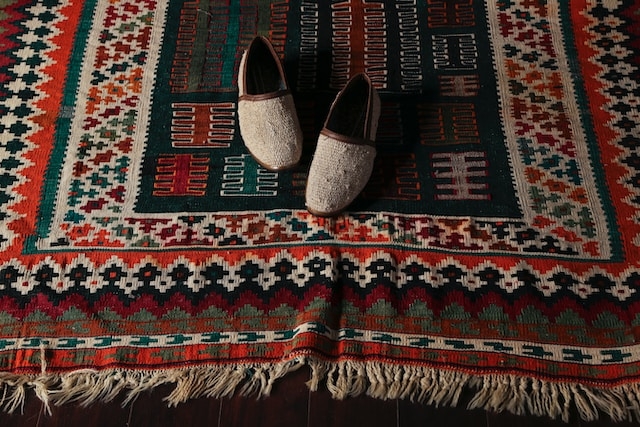
Navajo rug weaving studio
Introduction to Native American art
The **history** of Navajo rug weaving tradition **dates** back centuries, with **evidence** of early textiles found in archaeological **sites** throughout the Southwest.
Navajo **weaving** techniques have evolved over time, **incorporating** designs and motifs that reflect **cultural** influences from various sources.
While the exact origins of Navajo rug weaving remain somewhat **mysterious**, historians believe that the art form was introduced to the Navajo people by Pueblo tribes in the 17th century.
Over time, Navajo weavers have developed their own distinctive style, characterized by bold geometric patterns and vibrant colors. Today, Navajo rugs are highly sought after for their beauty and craftsmanship, with collectors around the world valuing them as works of art.
In recent years, efforts have been made to preserve and promote the traditional art of Navajo rug weaving, ensuring that this rich cultural heritage continues to thrive for generations to come.